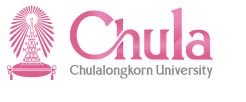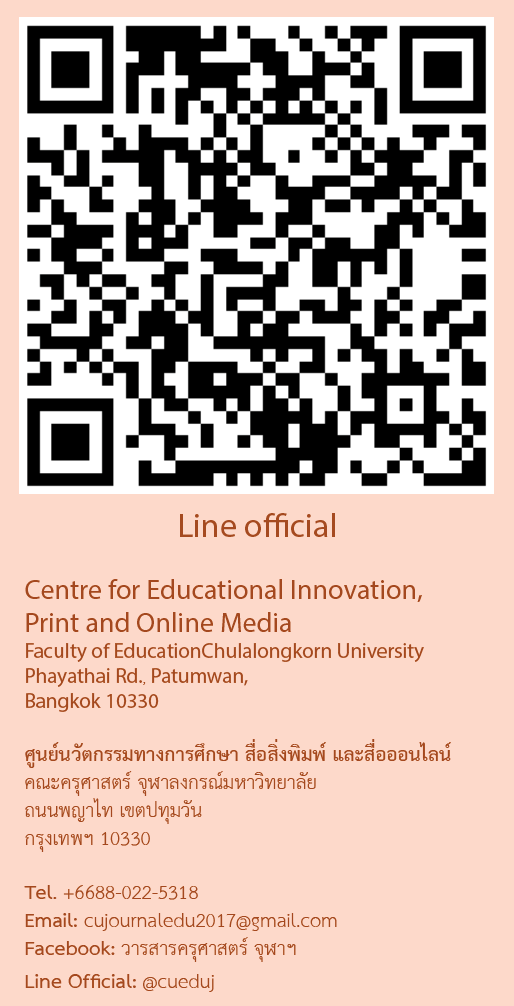Abstract
การวิจัยครั้งนี้มีวัตถุประสงค์ดังนี้ 1) เพื่อสร้างแผนการจัดประสบการณ์การเรียนรู้โดยใช้การจัดกระบวนการเรียนรู้วิทยาศาสตร์ เทคโนโลยี และสังคม 2) เพื่อศึกษาผลการคิดวิเคราะห์ของเด็กปฐมวัย โดยใช้การจัดกระบวนการเรียนรู้วิทยาศาสตร์ เทคโนโลยี และสังคม 3) เพื่อศึกษาผลการเรียนรู้วิทยาศาสตร์ โดยใช้การจัดกระบวนการเรียนรู้วิทยาศาสตร์ เทคโนโลยี และสังคม และกลุ่มเป้าหมายที่ใช้ในการวิจัยครั้งนี้เป็นนักเรียนระดับชั้นอนุบาล 2/8 โรงเรียนอนุบาลเชียงใหม่ จังหวัดเชียงใหม่ จํานวน 35 คนซึ่งได้มาโดยวิธีการเลือกแบบเจาะจง ซึ่งผู้วิจัยกําหนดเกณฑ์คะแนนการผ่านร้อยละ 70.00
ผลการวิจัย พบว่า: 1. ได้แผนการจัดประสบการณ์การเรียนรู้โดยใช้การจัดกระบวนการเรียนรู้วิทยาศาสตร์ เทคโนโลยี และสังคม 2. ผลการคิดวิเคราะห์ของกลุ่มเป้าหมายที่เรียนด้วยการจัดกระบวนการเรียนรู้วิทยาศาสตร์ เทคโนโลยี และสังคม ได้คะแนนเฉลี่ยร้อยละ 92.85 สูงกว่าเกณฑ์ที่กําหนดไว้ คือร้อยละ 70.00 และคะแนนเฉลี่ยการคิดวิเคราะห์ทุกด้านสูงกว่าเกณฑ์ที่กําหนด ซึ่งสามารถเรียงลําดับจากมากไปหาน้อยได้ดังนี้ การจัดหมวดหมู่ (ร้อยละ100) รองลงมาได้แก่ การคาดคะเน (ร้อยละ 96.71) การหาความสัมพันธ์(ร้อยละ 91.42) การเปรียบเทียบ (ร้อยละ 89.28) และการสํารวจ(ร้อยละ 87.86) ตามลําดับ 3. ผลการประเมินการเรียนรู้วิทยาศาสตร์โดยใช้การจัดกระบวนการเรียนรู้วิทยาศาสตร์ เทคโนโลยี และสังคม ของกลุ่มเป้าหมายพบว่าคะแนนผลการประเมินการเรียนรู้วิทยาศาสตร์คิดเป็นค่าเฉลี่ยร้อยละ 93.14 สูงกว่าเกณฑ์ที่กําหนดไว้คือร้อยละ 70.00
Publisher
Faculty of Education, Chulalongkorn University
DOI
10.58837/CHULA.EDUCU.47.3.15
First Page
269
Last Page
289
Recommended Citation
ถนนนอก, ปัณณ์ธิชา; ทองถาวร, รัชชุกาญจน์; and อุปันโน, ไพบูลย์
(2019)
"การจัดกระบวนการเรียนรู้วิทยาศาสตร์ เทคโนโลยี และสังคมเพื่อพัฒนาการคิดวิเคราะห์ของเด็กปฐมวัย,"
Journal of Education Studies: Vol. 47:
Iss.
3, Article 15.
DOI: 10.58837/CHULA.EDUCU.47.3.15
Available at:
https://digital.car.chula.ac.th/educujournal/vol47/iss3/15


